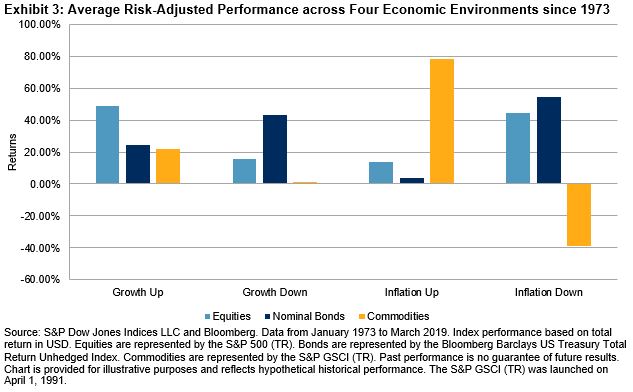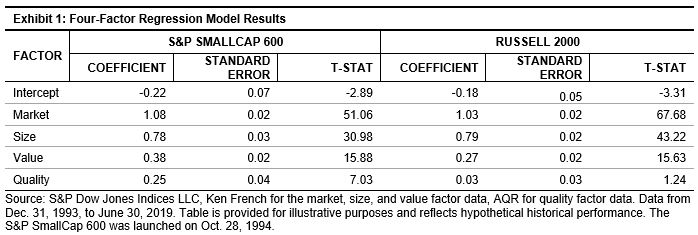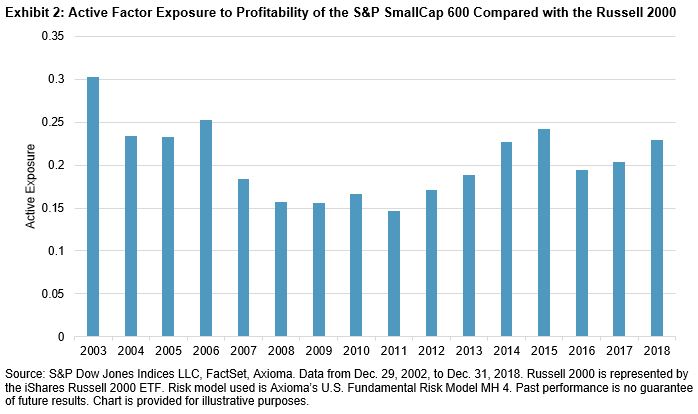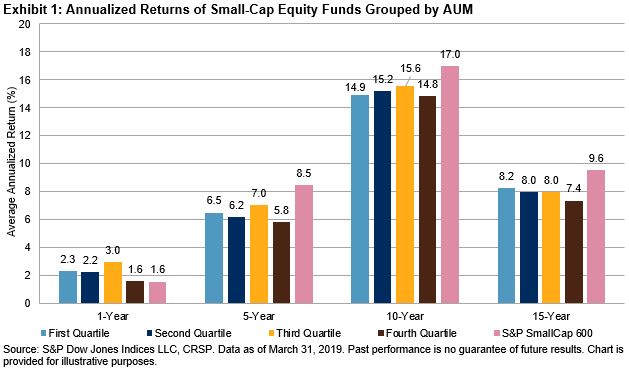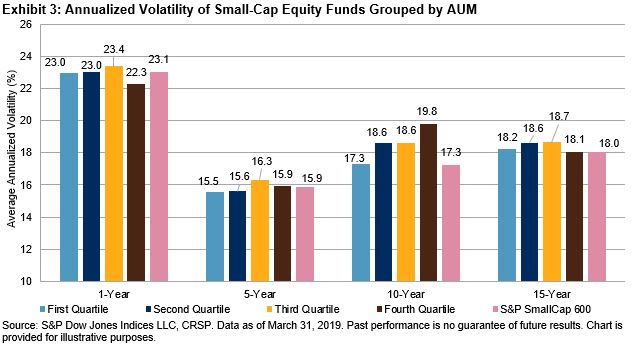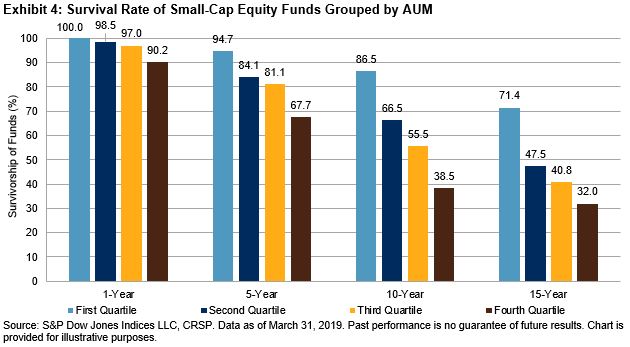Developed Market Indices Lead, Emerging Markets Lag the Broad Market
Global S&P and Dow Jones Shariah-compliant benchmarks outperformed their conventional counterparts YTD in 2019, as Information Technology—which tends to be overweight in Islamic indices—continued to lead the sectors, while Financials—which is underrepresented in Islamic indices—continued to underperform the broader market. The S&P Global BMI Shariah and Dow Jones Islamic Market (DJIM) World gained 19.1% and 18.7%, respectively, outperforming the conventional S&P Global BMI by approximately 300 basis points.
 The outperformance trend played out across major regions, as Shariah-compliant benchmarks for U.S., Europe, Asia-Pacific, developed, and emerging markets each outperformed conventional equity benchmarks by meaningful margins. The Pan Arab region was the lone exception, with the S&P Pan Arab Composite Shariah underperforming the conventional regional index.
The outperformance trend played out across major regions, as Shariah-compliant benchmarks for U.S., Europe, Asia-Pacific, developed, and emerging markets each outperformed conventional equity benchmarks by meaningful margins. The Pan Arab region was the lone exception, with the S&P Pan Arab Composite Shariah underperforming the conventional regional index.
U.S. Equities Continued to Lead the Rest of World through Q3 2019
Despite ongoing U.S.-China trade policy concerns, positive U.S. equity performance continued throughout Q3 2019, leading conventional global equities YTD. Strong earnings early in the quarter combined with a rate cut by the Federal Reserve contributed to gains. Regionally, European equities followed in performance, with double-digit gains over the period.

MENA Country Results Varied
MENA equity returns (in USD) suffered losses in Q3 2019 (-4.3%), as measured by the S&P Pan Arab Composite. However, its YTD return mimicked broad emerging market benchmarks, with a gain of 7.6%. The S&P Bahrain BMI continued to lead the region YTD, with a gain of 30.5%, followed by the S&P Egypt BMI, which added 26.5%. The S&P Kuwait BMI, which was promoted to emerging market status, gained 16.3% YTD, joining other emerging market countries such as Egypt, Qatar, Saudi Arabia (promoted in March), and the UAE. The S&P Qatar BMI lagged the most, falling 0.1% YTD.
Varied Returns of Shariah-Compliant Multi-Asset Indices
The DJIM Target Risk Indices—which combine Shariah-compliant global core equity, sukuk, and cash components—generally underperformed the S&P Global BMI Shariah and DJIM World YTD. Performance of the comparably more risk-averse DJIM Target Risk Conservative Index was constrained by its 20% allocation to global equities in the expanding market environment, ultimately gaining a favorable 11.0% YTD. Meanwhile, the performance of the DJIM Target Risk Aggressive Index was driven by its 100% allocation to a mix of Shariah-compliant global equities, returning 18.8%, in alignment with the broader S&P Global BMI Shariah and DJIM World.

For more information on how Shariah-compliant benchmarks performed in Q3 2019, read our latest Shariah Scorecard.
The posts on this blog are opinions, not advice. Please read our Disclaimers.















































